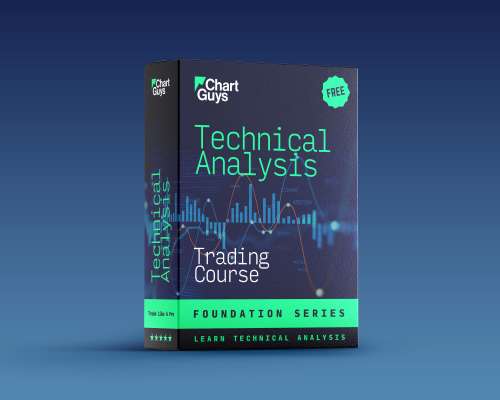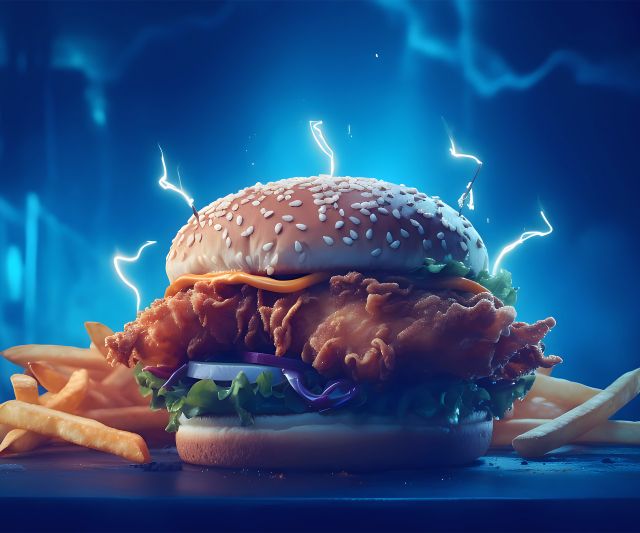In one of Dan’s earliest “About Me’s”, he told the story of what motivated to start day trading in the first place. One of his main drivers was seeing his dad commute for years on end to a 9-5 job. It’s a weird thing for some, but the idea of commuting for that long, for that many years, to a 9-5 seemed, for Dan, to be a pain point. And in this, it became a motivator for financial success.
People are driven largely by the avoidance of pain and the pursuit of pleasure. However, pain avoidance is a far stronger motivator than is pleasure seeking. When asked what keeps him strong in this game, Dan will recall the story of swinging a penny stock overnight and watching it go from tens of thousands in the green to giving it all back. The feeling in his stomach sat with him, and he never wanted to feel it again.
What happens with trading, and in life though, is that our own personal pain motivators are different from person to person. When your pain point is giving back gains, or not being tied down, then your motivators are to sell and not look back, to only day trade, or to become okay stopping out before a move doesn’t cause pain, it reinforces your survival mechanism of avoiding it. As such, Dan had to learn over many years to swing trade, as it was acting as part of a longer pleasure-seeking activity rather than immediate pain avoidance. For many successful people, it is actually their pain avoidance that propagates them to success. It’s no wonder that perma-bear accounts often have outsized interactions compared to others. They market on helping people avoid the short- and long-term pain of a downtrend. While calls for all-time highs market to near-term pleasure seeking.
But what if your pain motivators are different? And what if your time frame is different? In many instances, our near-term pain avoidance is what becomes crippling. Scared to let a trade play out, holding on in hopes of seeing green again, being wrong. The pain in that moment, the pain of being wrong again, the pain of seeing things go wrong rather than right, drives our actions and emotions because it is the biggest pain point. It is the immediate pain that we want to avoid. And in some cases, perhaps it is the deeper pain we are trying to avoid as well - failure.
So often people fall short of their dreams because they are chasing things that seem pleasurable, bigger cars, vacations, houses, but when they are comfortable, have a roof over their head and food and basic comforts, it is easier to stay in the comfort zone, because digging deeper for more often comes with short term pain, or the overarching worry of long term pain, which we are wired to avoid. I find myself here often. It’s a hard place to confront. It takes practice, discipline, and courage.
It seems a little dark, I know, to think of using our deepest fears to motivate us. But the truth is, it is the pain avoidance that is actually a far more powerful motivator than pleasure seeking - especially long-term pleasure seeking - which is the healthy goal, but also the least most powerful motivator. If we are to optimize for our success, it’s essential that we dig deep, figure out what fuels us, discover what is the gas we need to put in our tank to take us on our best journey.












